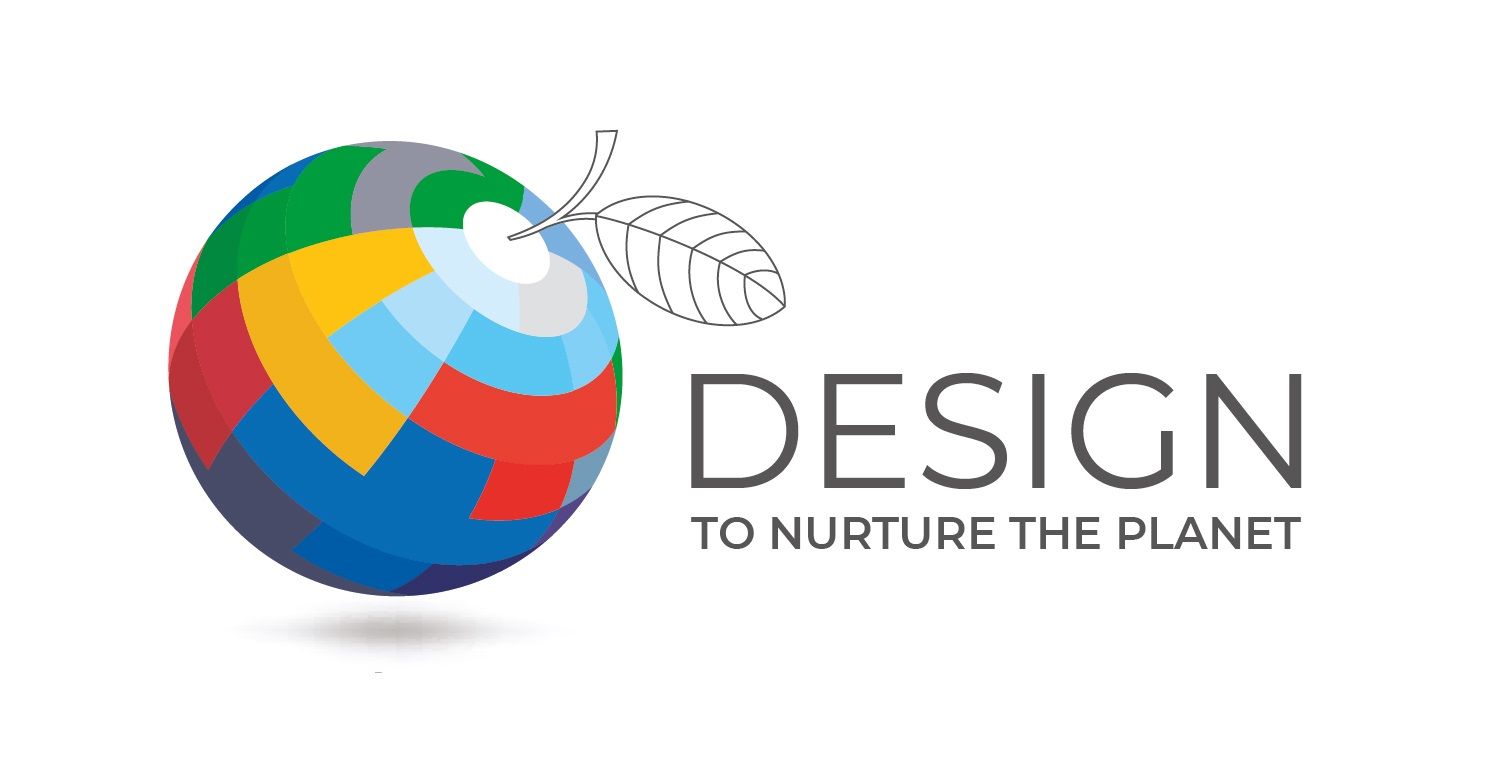
Great news for students of design, art, and media disciplines worldwide: a new competition with prizes ranging from €2,000 to €10,000 awaits for submissions to help achieve United Nations’ SDG2: Zero Hunger.
Co-organized by two major international educational entities, philanthropic foundation BE OPEN and Cumulus Association, the competition encourages students to submit ideas and projects that focus on achieving zero hunger, food security and improved nutrition and promoting sustainable agriculture. The competition expects to see hundreds of innovative solutions that can contribute to how we transform our food systems to end food insecurity and create better conditions for an equitable and environmentally prosperous world.
BE OPEN and Cumulus will jointly reward the best work with the monetary prizes as well as with honorary mentions: First prize – €10,000; Second prize – €6,000; Third prize – €4,000; BE OPEN Founder’s Choice prize – €3,000; Public Vote prize – €2,000.
We asked Elena Baturina, the Founder of BE OPEN, to detail on what the organizers expect to see, how they will process the submissions, and what the desired outcome for all the parties involved will look like.
So what sorts of projects become winners and get prizes in your competition?
It would be easiest to explain through an example. In our last competition focused on urban sustainability, the First Prize went to the project with the highest jury’s score, ‘Renova’ by Hacer Beril Beden from Politecnico di Milano. The solution was a very feasible and practical one – it consisted in salvaging good materials through deconstruction and setting up a platform to repurpose them by bringing them together with potential buyers, turning waste into resource. I guess, we can say that the highest chances are with those projects that offer realistic, sustainable and business-oriented solutions to particular well-identified problems.
How hard is it to select the winning projects out of hundreds?
Fortunately for me, we have our very best jury to do the hardest work. The jurors are all from diverse backgrounds and areas of expertise, which helps, I believe, to see all the positive aspects in the wide variety of submissions. We do not limit the creative landscape of the projects we accept for competitions, so they can be very different from each other; tackle a whole range of contemporary problems, offer a variety of new perspectives, so they deserve the top expertise and diversity among the reviewers.
Design in general to some people seems like a very subjective area, difficult to evaluate. How did you ensure fair and consistent judging?
A special system have been developed for the judging process. The jurors evaluate the projects by giving each a score between 1 and 10. This general score is a sum of points given for such competition criteria as viability, feasibility and desirability of the design, evidence of a rigorous research process informing the design solution proposed, and its creative value. All the scores allow us to systematize the projects into a general ranking, which automatically identifies 50 top submissions that we call honorable mentions.
Actually, last year there were 52 honorable mentions, because the jury added two more projects that were definitely worthy of entering the list.
The future participants would very much like to know what the main criteria.
Successful projects have to answer to the needs and aspirations of its intended audience, have a clear plan of what is needed for its realisation, be sustainable and efficient, very well researched in terms of the problem to be solved, the stakeholders and purpose, and most certainly be innovative and out of the box.
How do you think your competitions benefit the winners and the finalists in the long term?
We are doing our best to get as much visibility for the projects and their creators as possible. The winners and the honorary mentions (typically around 50) get featured in an online gallery in the competition website; and we keep them on display for at least a year more.
Besides, there is the Online Vote Prize which is a good instrument of attracting people’s attention to the top selection, as it takes reviewing and comparing the submissions to select a favourite. We also address a number of commercial and non-profit organisations who operate in relevant spheres, to present the works, and discuss possible ways of moving these ideas and their creators forward.
How do you decide what project becomes your personal favourite?
I do traditionally have the honour of selecting the awardee of the Founder’s Choice Prize. Being first of all a business person, I can’t help looking at projects from a practical perspective, with the ‘how we can actually do it’ approach in mind. That is why, I am looking at the projects in terms of their being sustainable and feasible business models, that is how well-researched the solution is, whether it will in demand, whether it is scalable, how easy it is to set up, are there resources at hand to make it work, etc.
Apart from the business-related aspects, what wins me over is commitment and determination to tackle issues of great importance and scale for an actual community of people.
Considering the new reality, does BE OPEN account for the pandemic while developing projects?
There is an unpredictability factor in everything now. But we have been doing well the past two years, due to the fact that BE OPEN has always had a well-established online presence that helps us easily connect and engage with audiences from all over the world.
With this competition, we can easily carry out all stages safely and with social distancing observed, the only thing that would require a public gathering is the awards ceremony. But even if we have to cancel it once again, we promise that we will not only celebrate the winners online, but do our best to showcase their ideas and talent to as wide public and as many stakeholders as possible.
